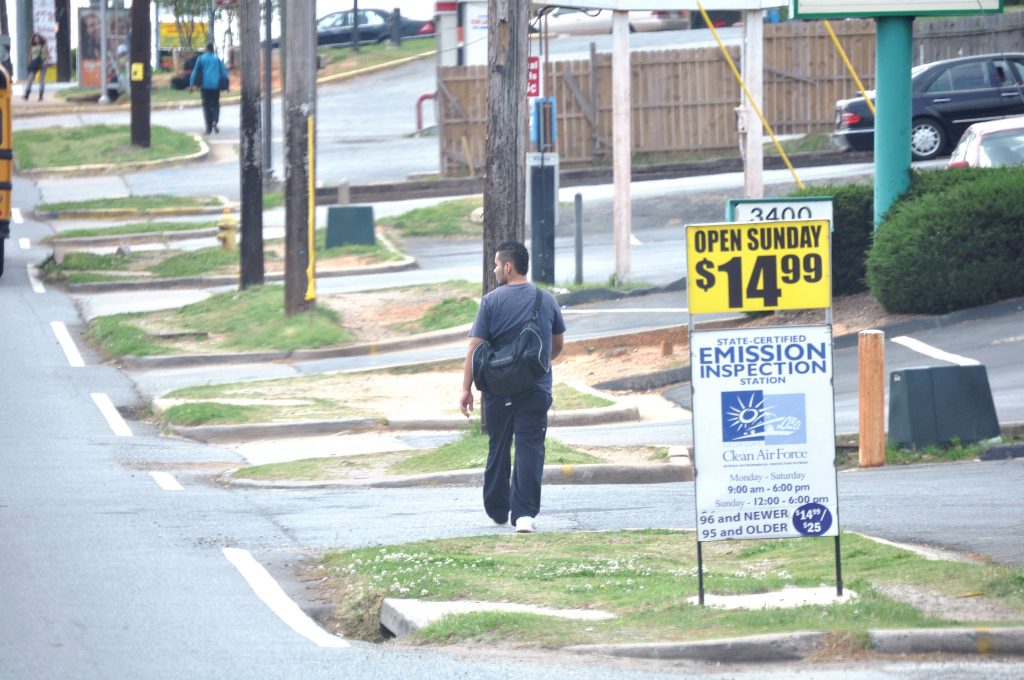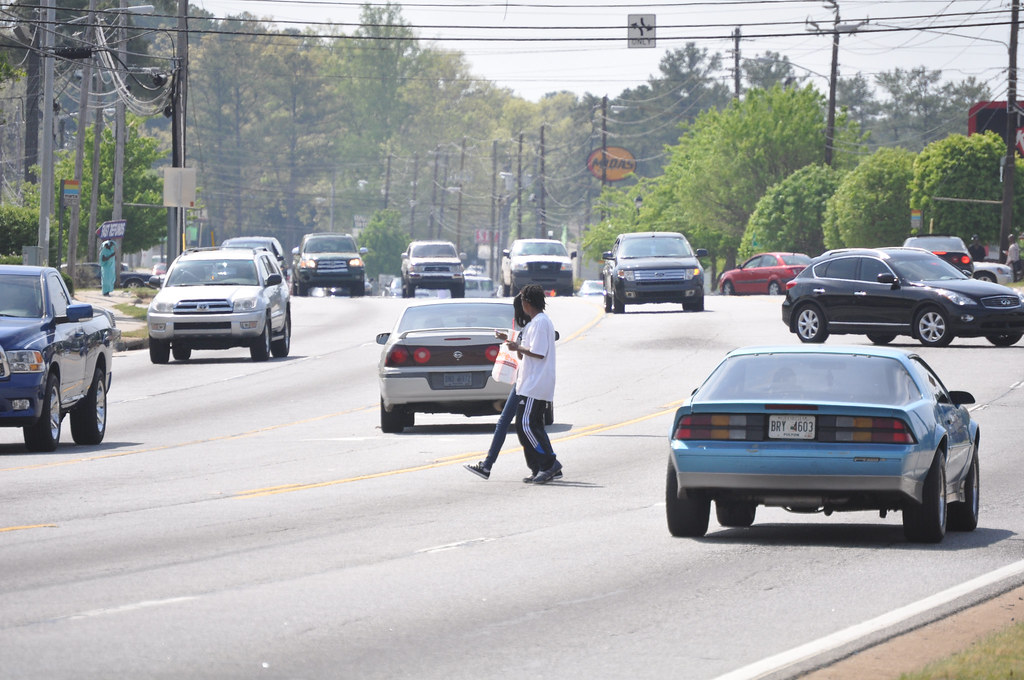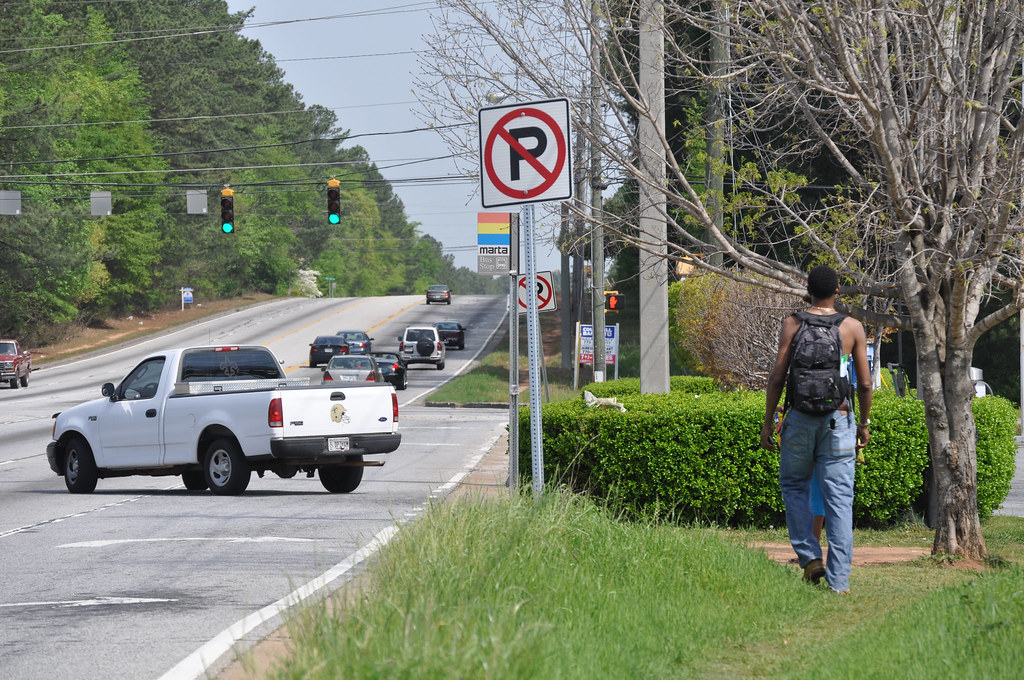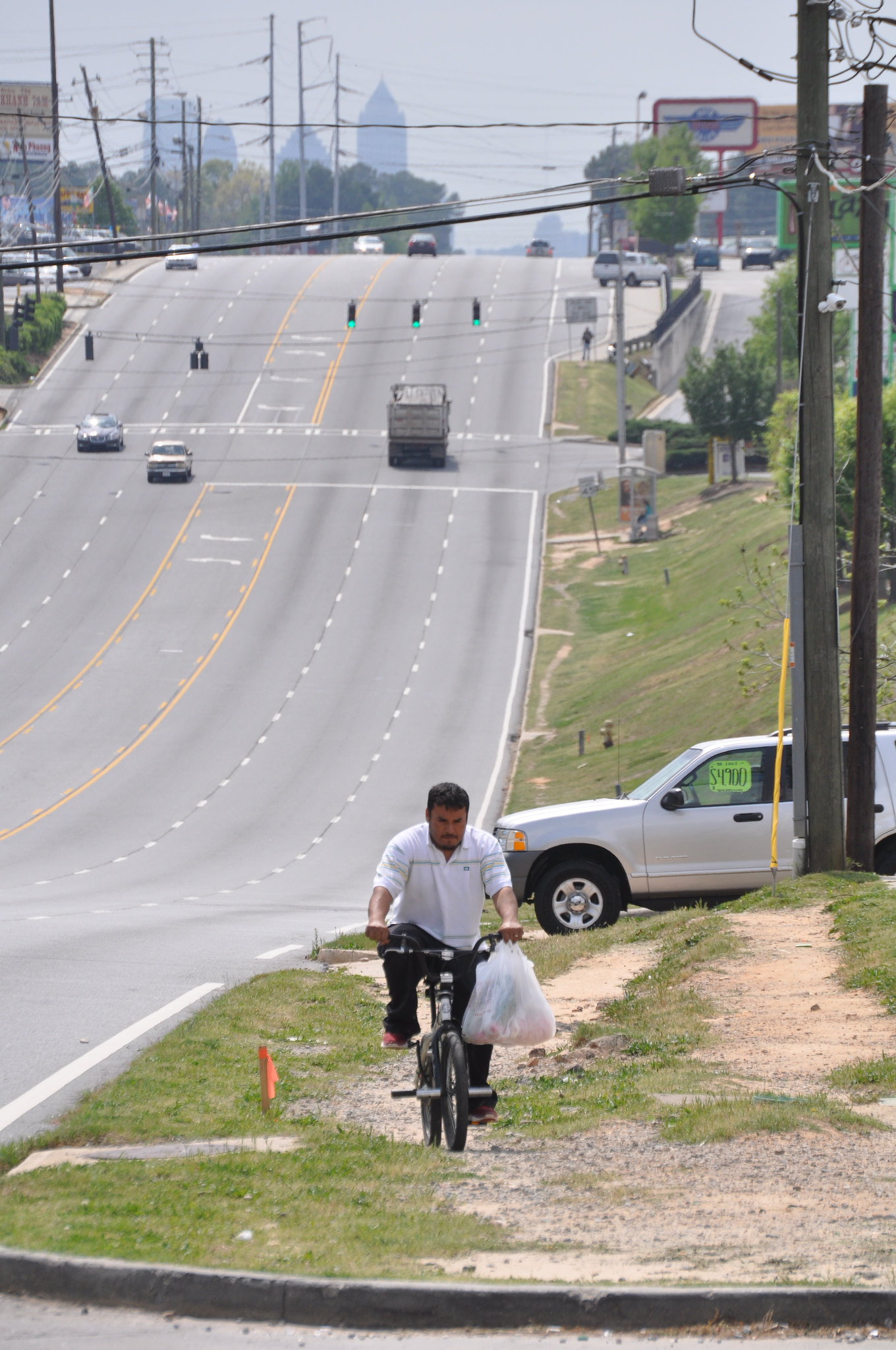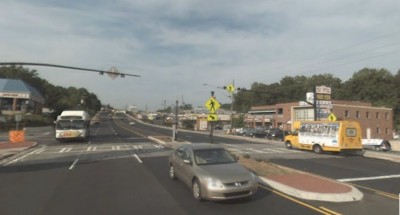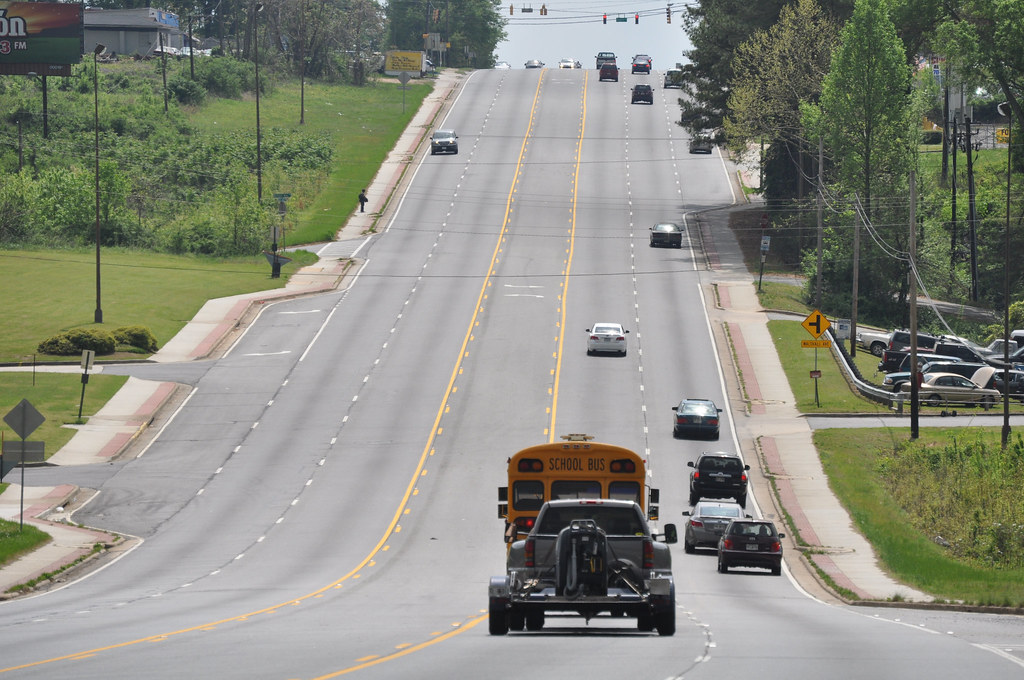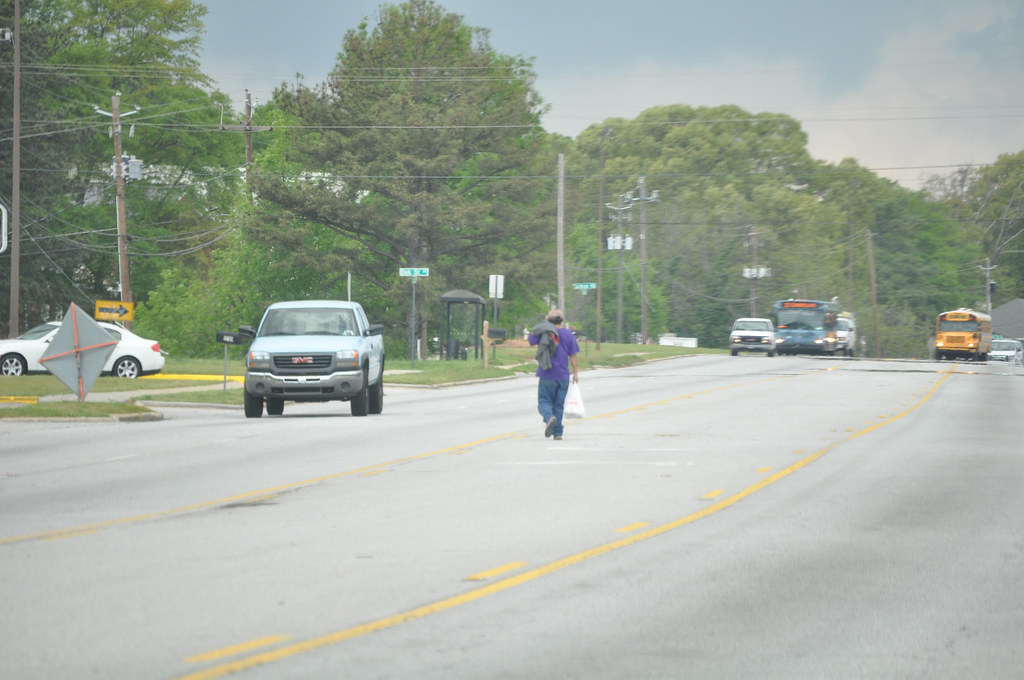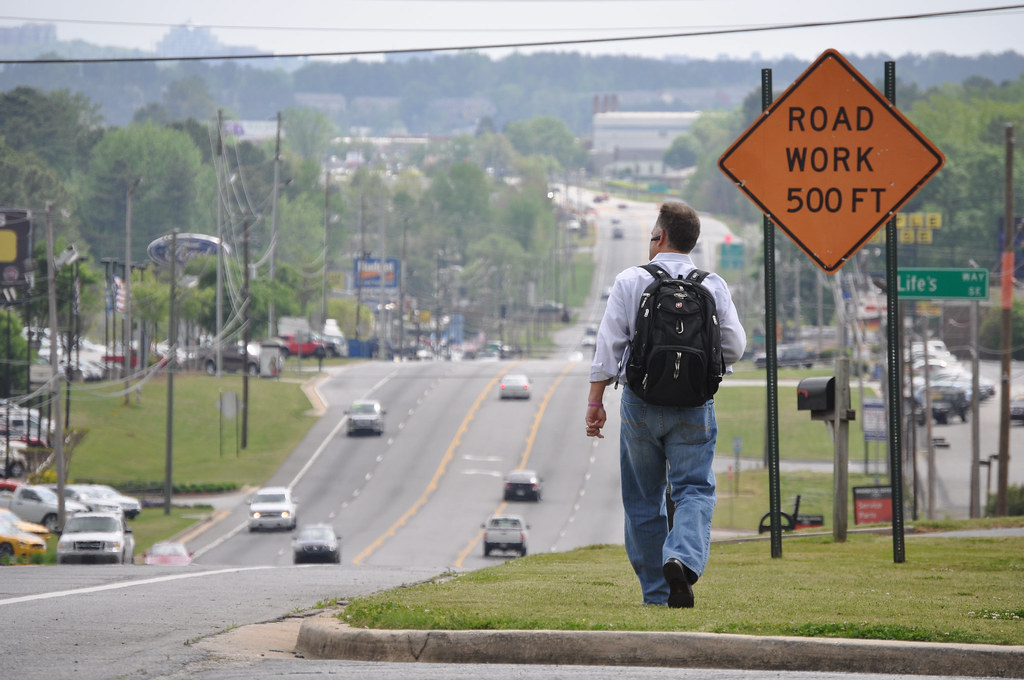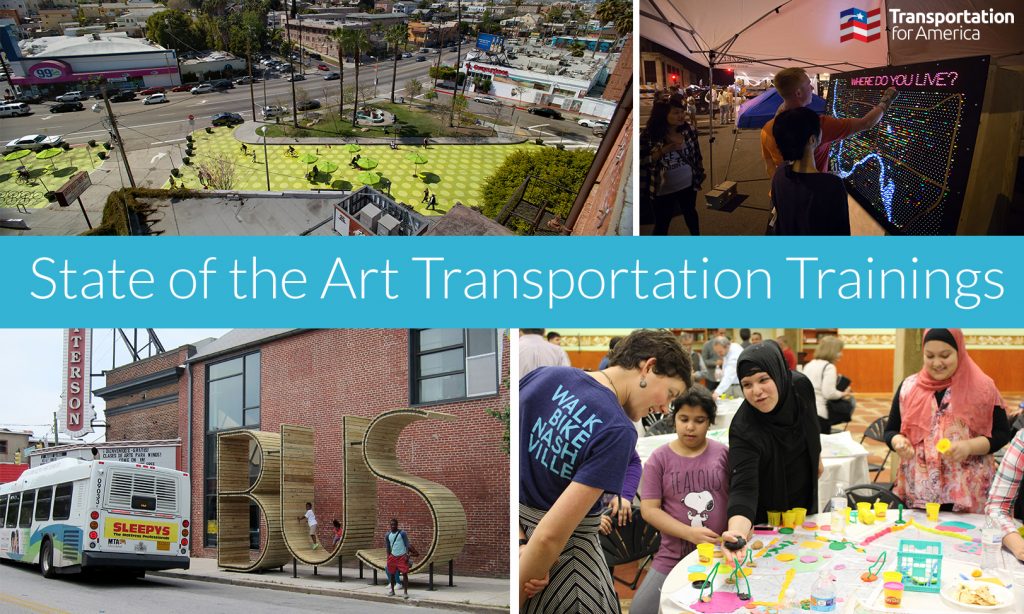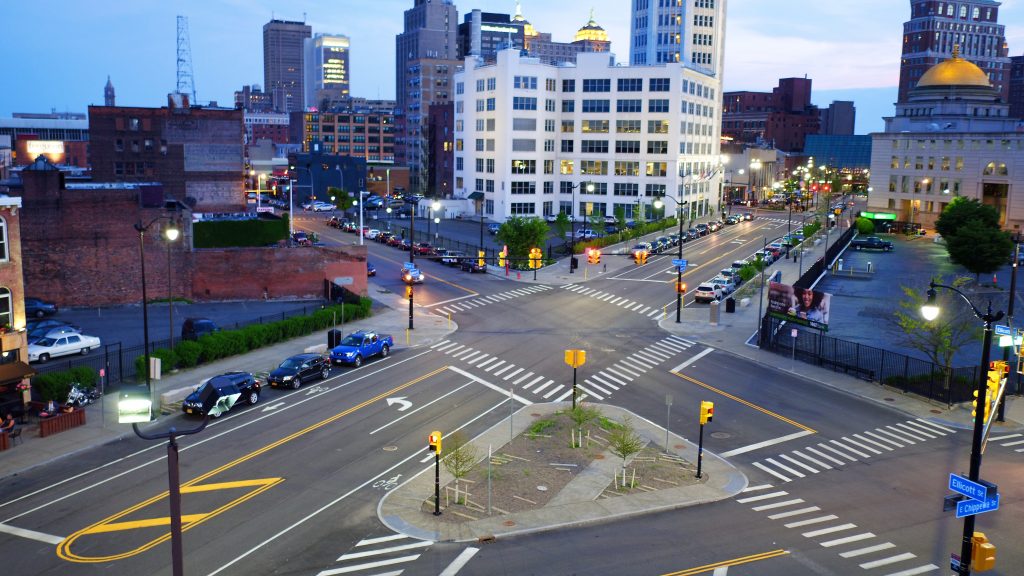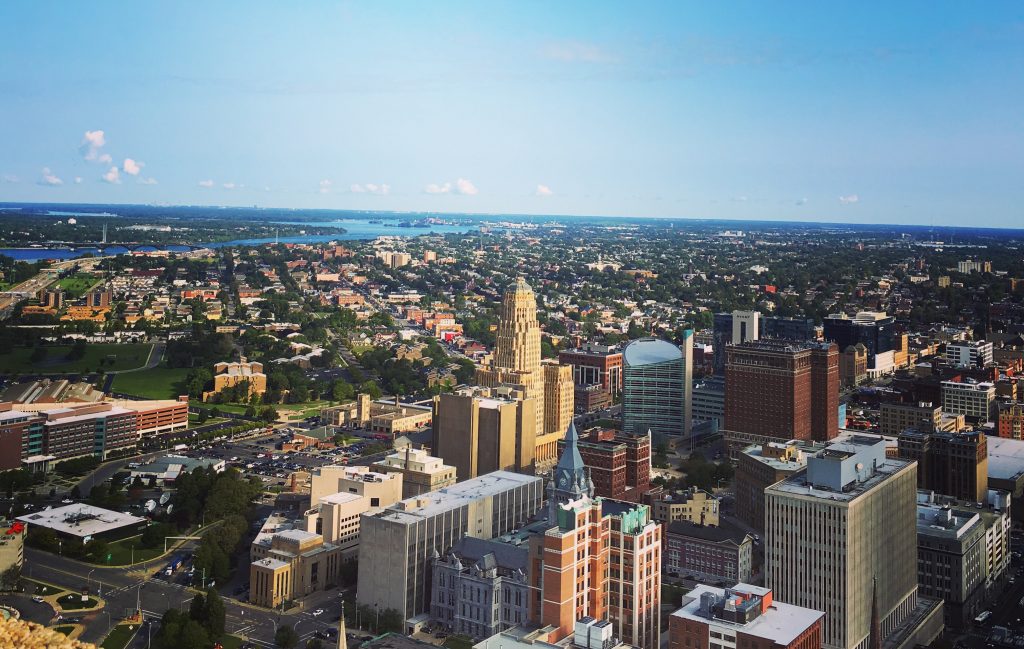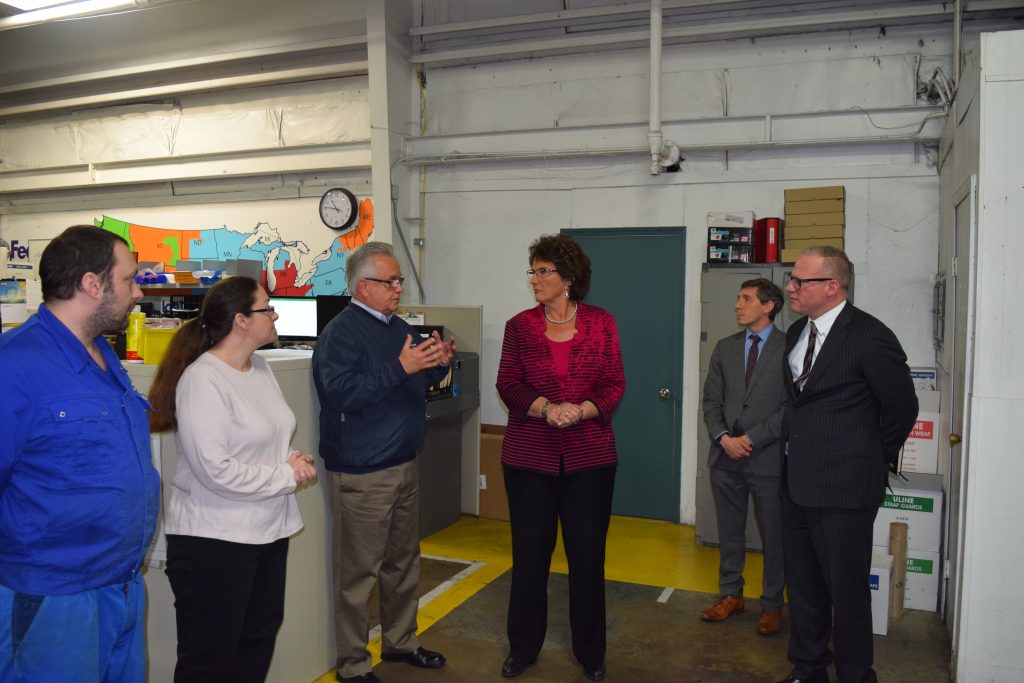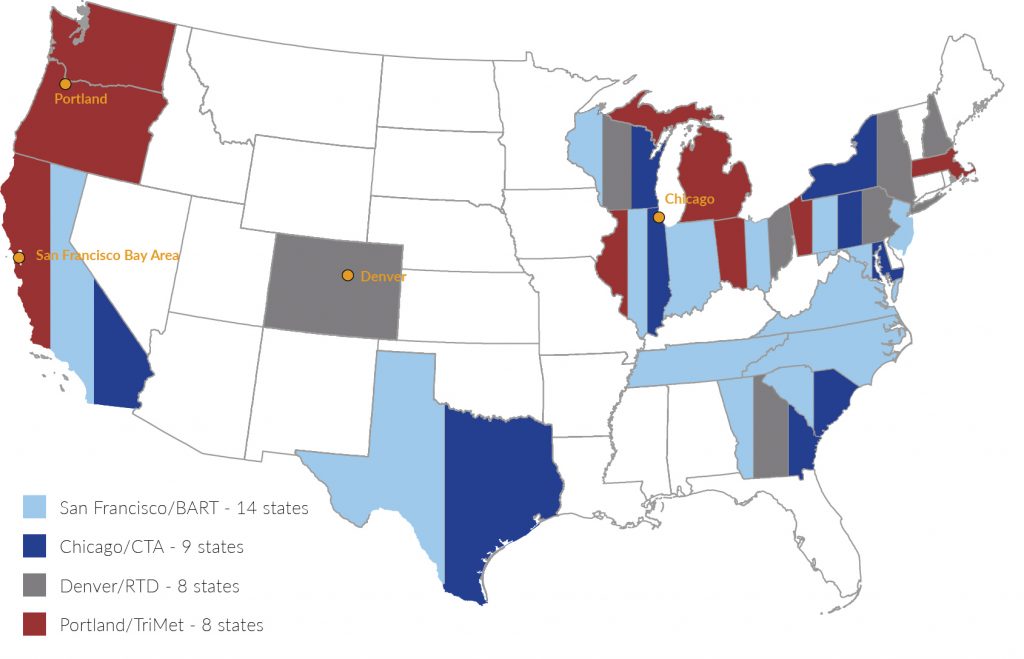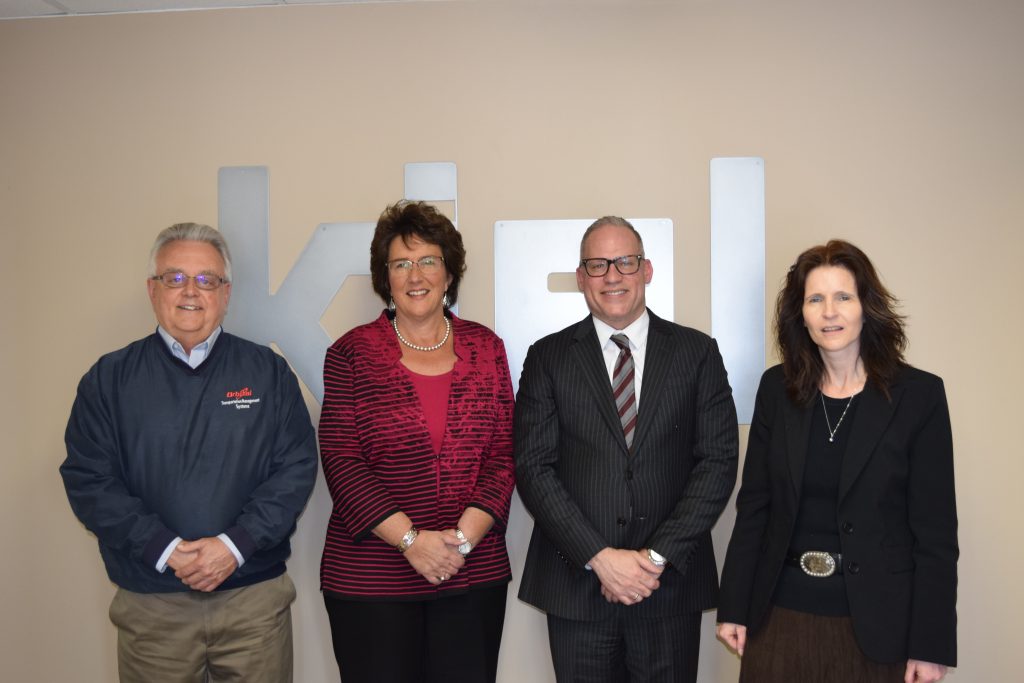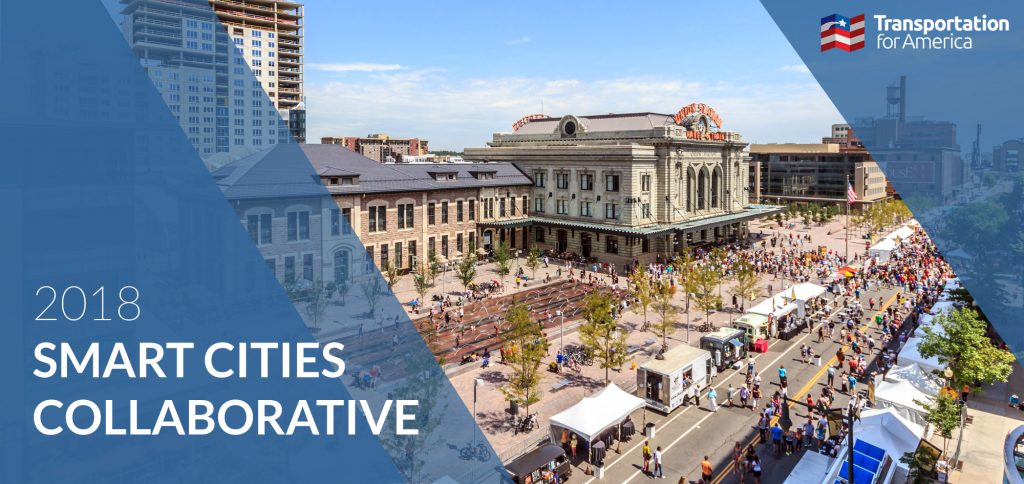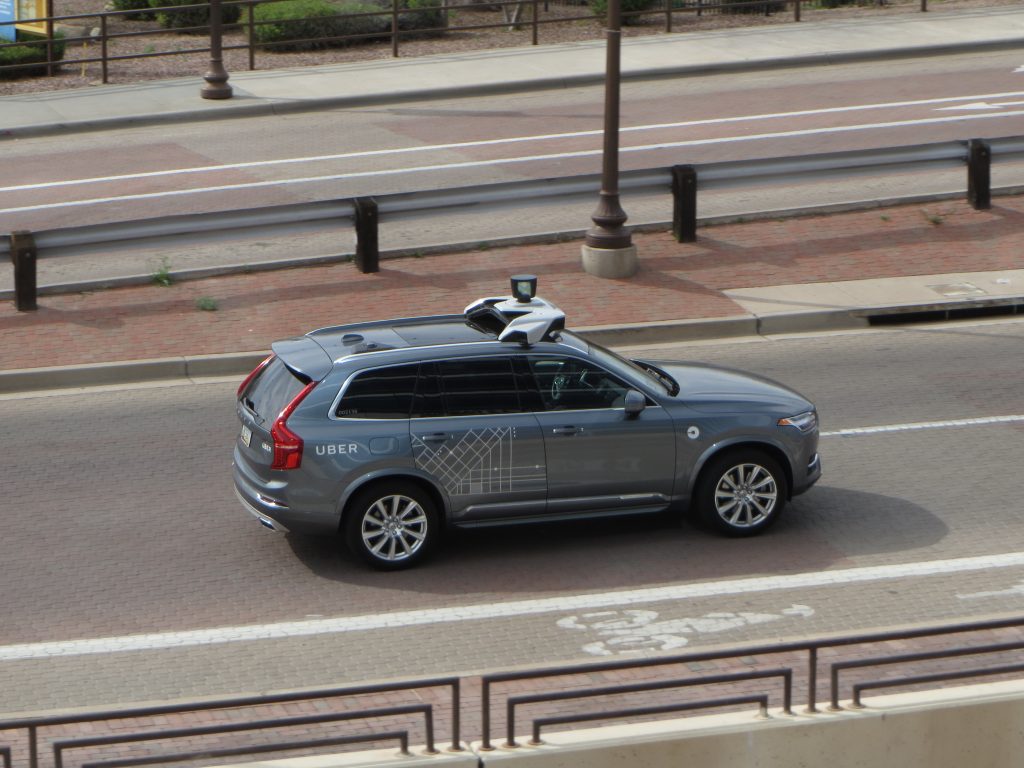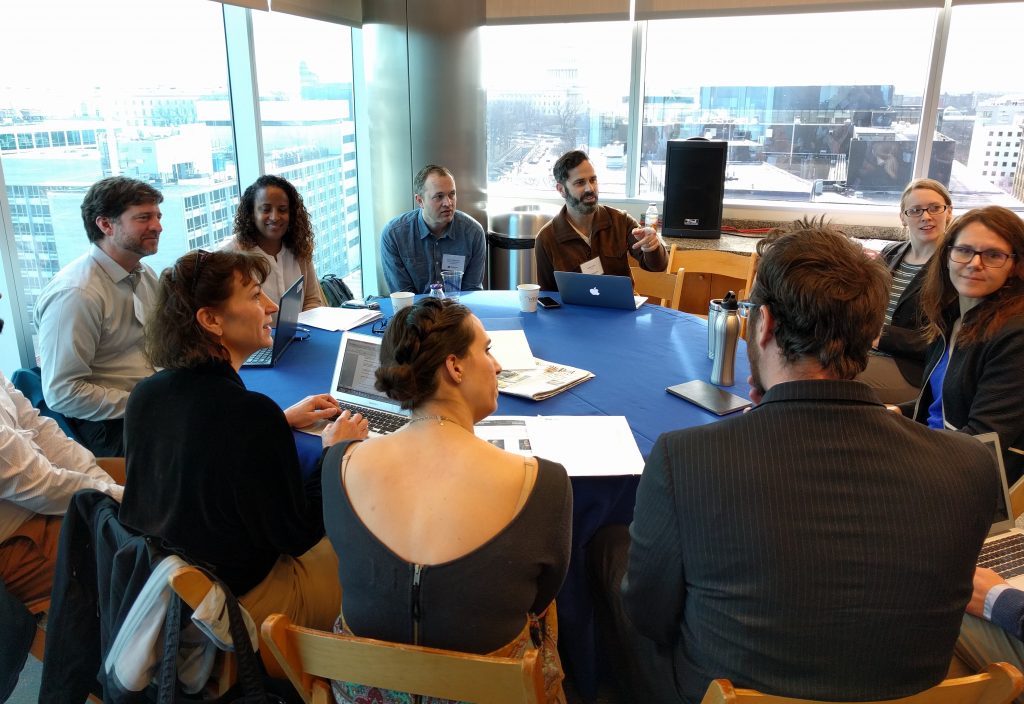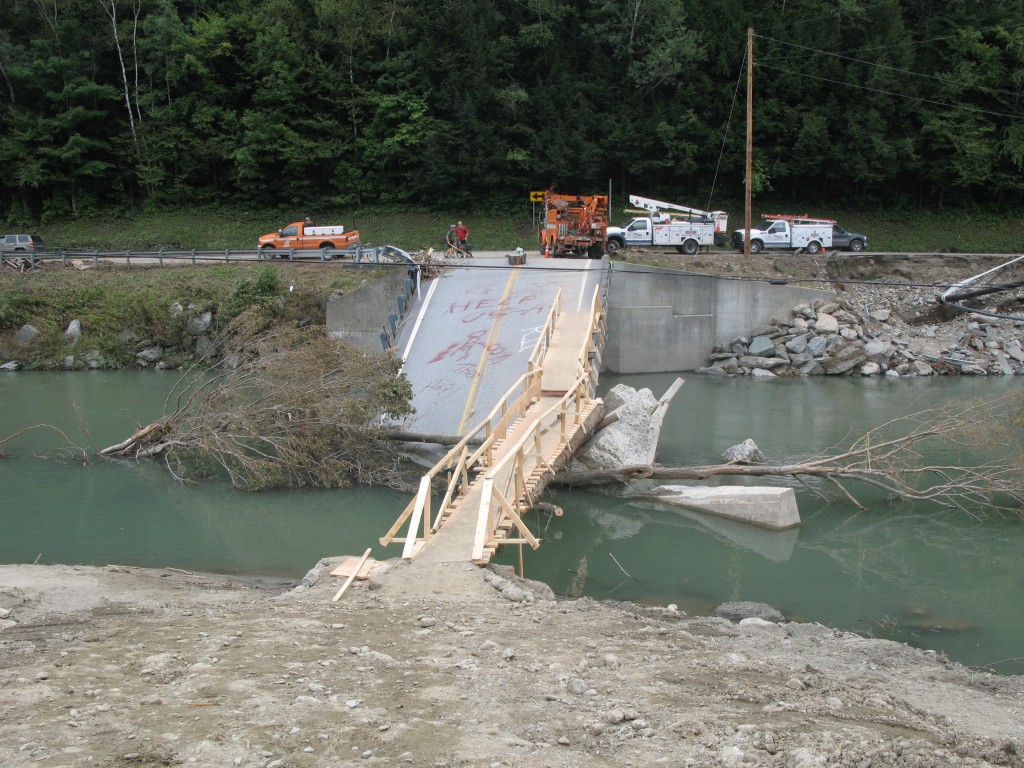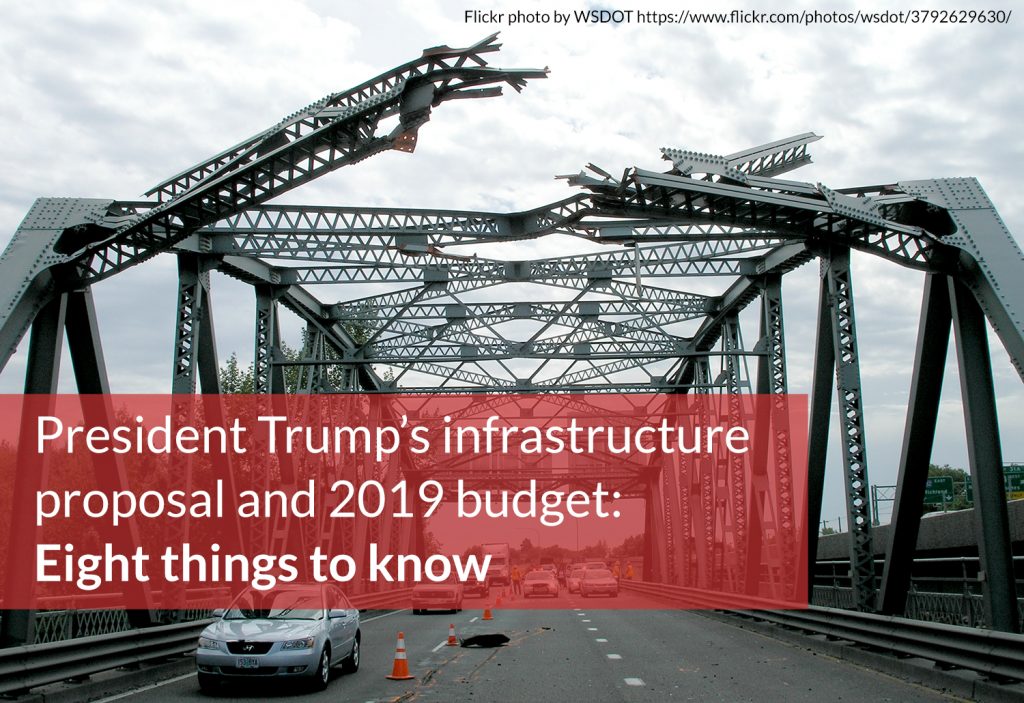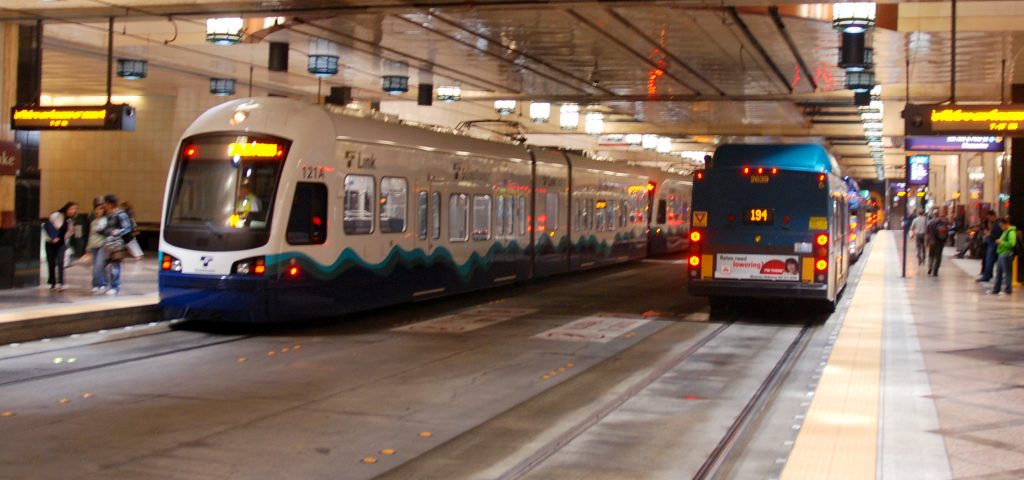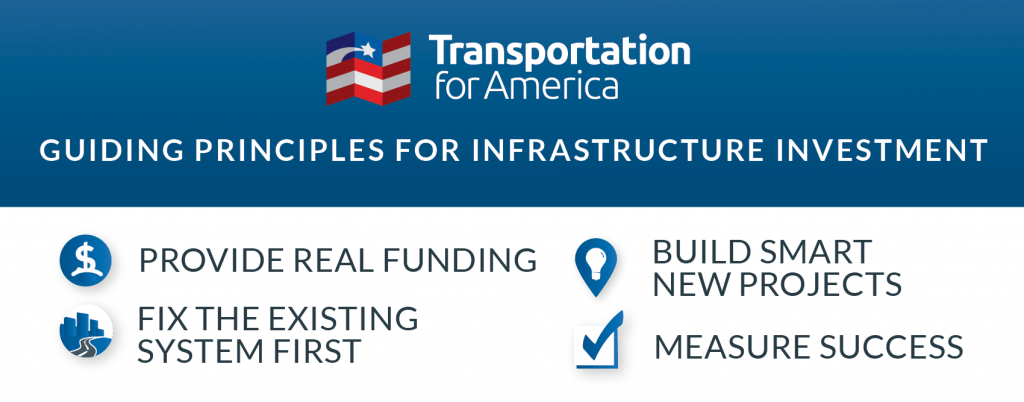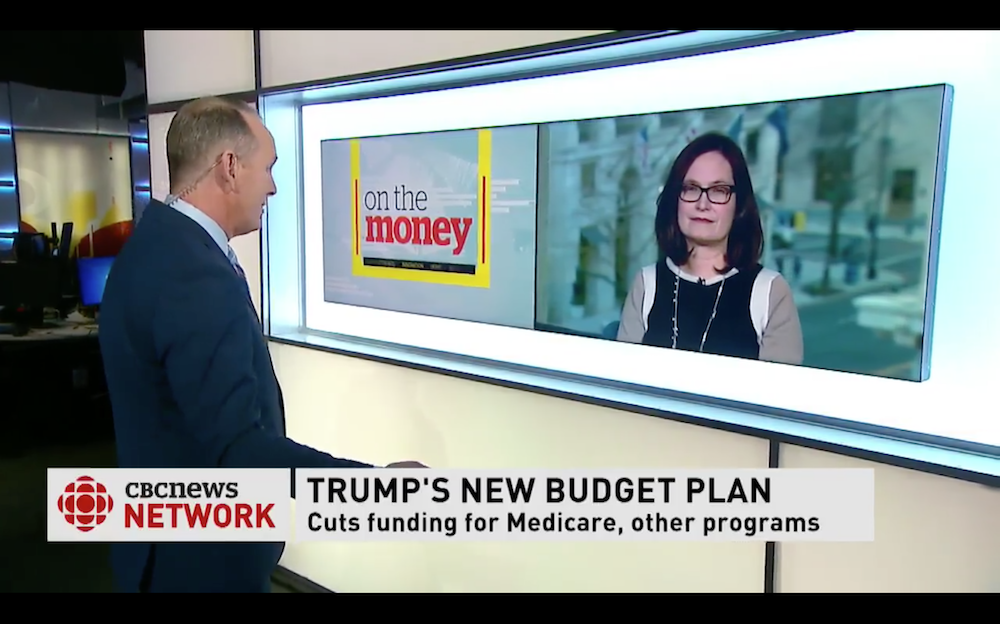The deployment of dockless, electric scooters in cities across the country has been hectic to say the least. What’s been happening, what lessons are cities learning, and how can these systems be deployed in ways that serve the public and the cities’ goals?
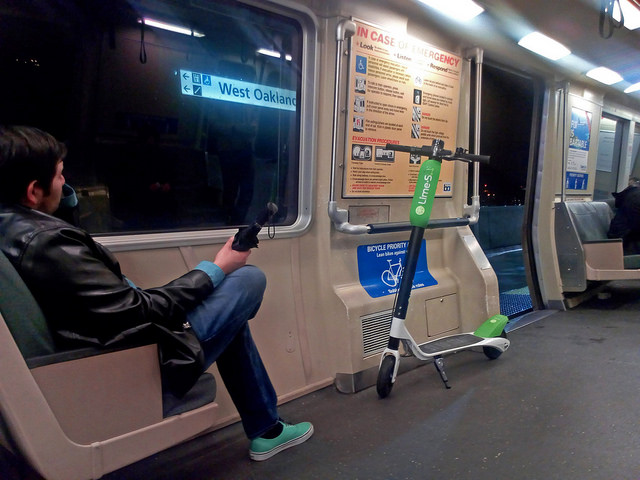
Dockless, electric scooter-sharing systems are exploding in popularity since first arriving in U.S. cities nine months ago, and for good reason. Along with dockless bikeshare, scooters have highlighted the desire by many residents to cover short distances quickly and easily.
In April, the scooter-sharing company Bird released ridership data showing that over 30 days and 100,000 rides, its users averaged 1.5 miles per trip in San Francisco. With 35 percent of U.S. vehicle trips two miles or less in length, there’s not only market potential, but also a clear opportunity to shift many of those trips to a cleaner, more sustainable mode. Frankly, they’re also fun.
Just like Uber or other new providers, the scooters have also come with their fair share of controversy. Often dropped overnight in cities in huge numbers without any regulations in place and without approval, they’ve been scattered across sidewalks, blocking the right-of-way and even found discarded in rivers and fountains.
These issues and others are forcing cities to develop regulations on the fly to manage their impacts and also to integrate them into their transportation networks — another strain on cities and transportation departments across the country. In the past two months, both San Francisco and Austin have passed emergency ordinances to begin the process of setting up regulations and set caps on how many scooters can operate in their communities.
The rapid pace with which new transportation technologies are being introduced into our cities not only highlights the need to create flexible regulatory frameworks that can be applied broadly, but also the need for private sector companies to come to the table as true partners and work with cities.
When companies don’t take this approach, it’s often more expensive, takes longer and is less productive for everyone. To say nothing of the distrust this behavior creates or the negative precedent they set for long-term cooperation or partnerships between the public and private sectors.
Whether scooters or something else, as new technologies multiply and private sector companies continue to operate with a “move fast and break things” ethos, cities will need to proactively develop flexible, but consistent, processes that will help them integrate new technologies into their communities on their own terms.
Nine of the 24 cities participating in our Smart Cities Collaborative this year already have scooters operating in their communities. We spoke with three of them to get a better sense of how they are dealing with scooters and summarize their experiences into a few clear lessons for other cities.
Santa Monica, CA
The first system of dockless scooters in the U.S. launched in Santa Monica in September 2017. Like many scooter launches to follow, Bird had spoken with city officials beforehand and the city responded by asking for Bird’s help in determining what changes to their city code would be necessary to allow them to operate. Unfortunately, soon after this conversation, but before any regulatory changes could be made, Bird deployed their scooters on city streets.
After a few months of scooters clogging sidewalks, causing safety hazards and failing to acquire a business license, Santa Monica passed an emergency ordinance. Through the ordinance, the city created a temporary framework to allow scooters to operate. “We modified our existing vending permit since this was the most applicable permit as it is usually issued to businesses selling anything mobile,” said Francie Stefan, Mobility Division Manager with the City of Santa Monica. This gave Bird, and other companies, the ability to operate on private property, but also allowed the city to impound and collect a fee on scooters parked in the public right-of-way.
But, that doesn’t mean the city is actively impounding all scooters parked on sidewalks. “Council directed staff to enforce when there were immediate ADA or safety risks—but, this has also created some difficulty around enforcement, especially when the scooters are moving around more quickly than officers can get to them,” according to Stefan. The ordinance is temporary—it will expire on January 1, 2019—and the city is currently developing a pilot for these scooters to inform a final permitting process.
San Francisco, CA
Similarly to Santa Monica, in March, San Francisco was suddenly confronted with scooters from Bird, LimeBike and Spin on their streets and sidewalks. While many residents were excited, complaints also poured in about scooters blocking the right-of-way and creating unsafe conditions on streets and sidewalks. After the San Francisco Attorney General sent out a cease and desist letter, the Board of Supervisors quickly established a requirement that any scooter would need a permit to park on a sidewalk.
In response, the city set up a new pilot program for permitting. The one-year pilot regulates the number of scooters each operator can have and the type of data operators need to share, requires operators to provide membership options to low-income individuals, and gives operators clear instructions on how these vehicles can operate safely.
San Francisco got all of this done in a couple of weeks, but according to Warren Logan, Senior Transportation Planner at the San Francisco County Transportation Authority (SFCTA), it wasn’t a choice. But, given their history of other mobility providers deploying on their streets without permission, they were prepared.
“Our hand was forced to move very quickly on this issue,” says Logan. “Everyone is trying to be the next Uber, but it’s a different landscape now that we know the playbook.”
Austin, TX
While the city was in the middle of developing a pilot program to regulate both dockless bikes and scooters, Bird—and later LimeBike—launched in early April without receiving approval. The challenge facing Austin was a loophole in the city’s code giving scooters the ability to legally operate and left the city with no authority to impound them. “We had outdated ordinances that were originally designed for vending in the right-of-way,” says Karla Taylor, Chief of Staff at the Austin Department of Transportation. “These ordinances were written 20 years ago and were not written with dockless in mind.”
To fix this, the Austin City Council pushed back its proposed pilot timeline and passed an emergency resolution banning the presence of dockless scooters in the right-of-way until a permitting process could begin and gave the city the authority to impound vehicles. After the resolution passed, Bird and LimeBike promptly pulled their scooters from Austin’s streets until they could go through the permitting process, which will now begin on May 15th.
What can other cities learn from these cities’ experiences?
Be proactive
Whether cities are ready for them or not, scooters are coming. Fast. Over the last few weeks alone, other systems launched in Atlanta, Nashville and Charlotte despite receiving a cease and desist letter in Nashville and a forced shutdown in Charlotte.
While cities like Austin and San Francisco were caught off guard when scooters launched, they were able to act quickly in part because they were already thinking about how to address these issues—and related ones. “We know the playbook,” as SFCTA’s Logan said. Austin was actively working on an implementation plan and San Francisco had a proposed resolution to create a permitting process just a few weeks before the launch.
According to Karla Taylor in Austin, the best move for cities is to open up their code. “Cities should look at their governing ordinances. A lot of cities will not have the legal capabilities to manage this.” Taylor notes that if the city doesn’t figure out where the holes are, the private sector will. “These companies know where there’s a weakness, and they’ll exploit this weakness,” as they deploy into new communities. Without an understanding of what their options are to regulate, cities won’t be able to effectively manage them.
Even with preparation and planning, both cities were forced to be reactive when scooter systems launched. This should be a signal to other cities to begin this process now. There’s no longer an excuse for being caught off guard.
Don’t reinvent the wheel
These cities were on their own when it came to the first wave of dockless scooters. But, given that they’ve had to figure out how to approach this problem, other communities should start with a much better understanding of what will be necessary and learn from them. While no city claims to have the perfect formula yet, they’ve tried and tested various approaches and each of the cities we spoke with expressed a willingness to help others.
And, as these cities start to gather data on how their operations are affecting the mobility landscape, they’ll learn more and more about the impacts of scooters on access, safety and modal shift giving them more information and tools to hone their regulations.
Develop flexible frameworks that can govern any new mode—not just scooters
When one scooter company deploys, others tend to follow. “We’re being circled actively by every other provider I can think of,” said Francie Stefan in Santa Monica about the constant push to deploy more scooters since Bird’s launch last year. San Francisco reflects a similar sentiment. “If one of these companies launches, they all have to launch,” says Warren Logan at SFCTA.
When cities show they’re open for business, other companies come knocking at the door as well. And while some the challenges that have come with the introduction of scooters are unique to scooters, they’re also reflective of what cities face with the introduction of new mobility options and technologies.
Being clear about long-term outcomes (such as safety, equity, or mode shift) and how new technologies can contribute to those goals is a great way to get started. It’s also important for cities to understand what they want and need out of any new technology or company (such as placement, data or fare structures) as the regulations are developed. Collaborating with and learning from other cities’ experiences can help crystalize the issues at hand and accelerate the process.
As cities manage the introduction of dockless scooters – and other new mobility options in the future – they’ll need clear, flexible processes to ensure it’s on their own terms and helps achieve their outcomes.
Want more news from the Smart Cities Collaborative in your inbox? Sign up here.
Sign up





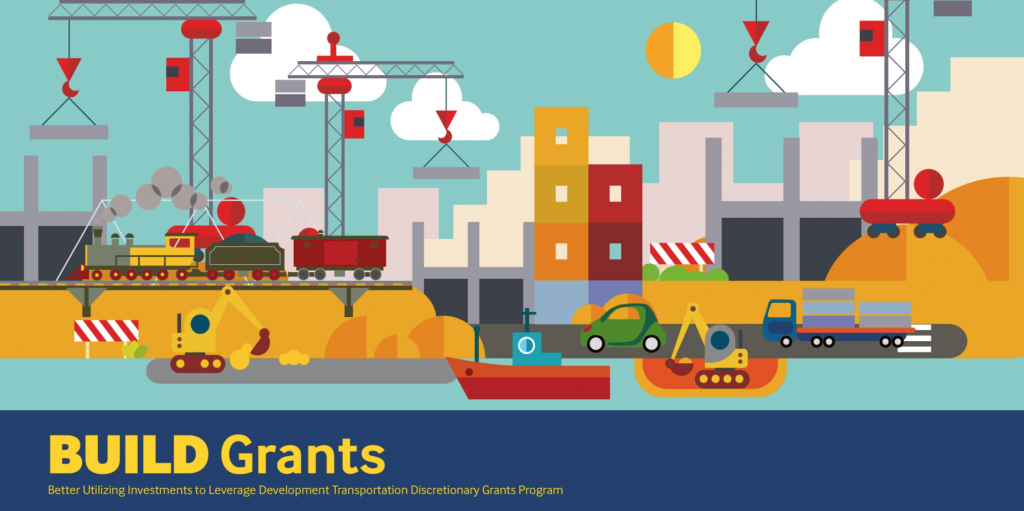


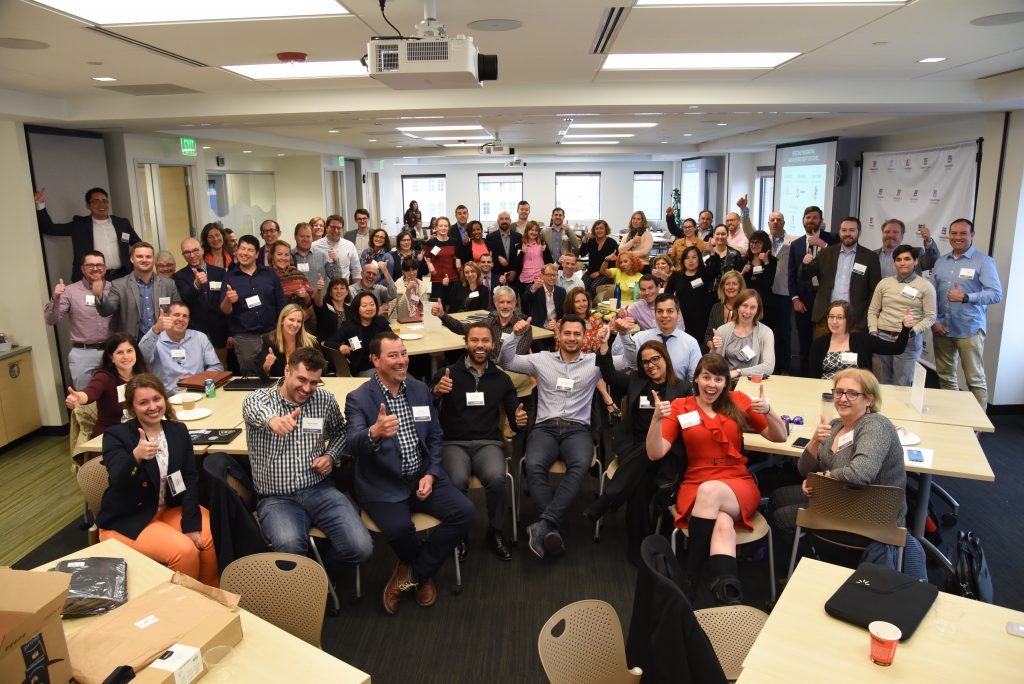
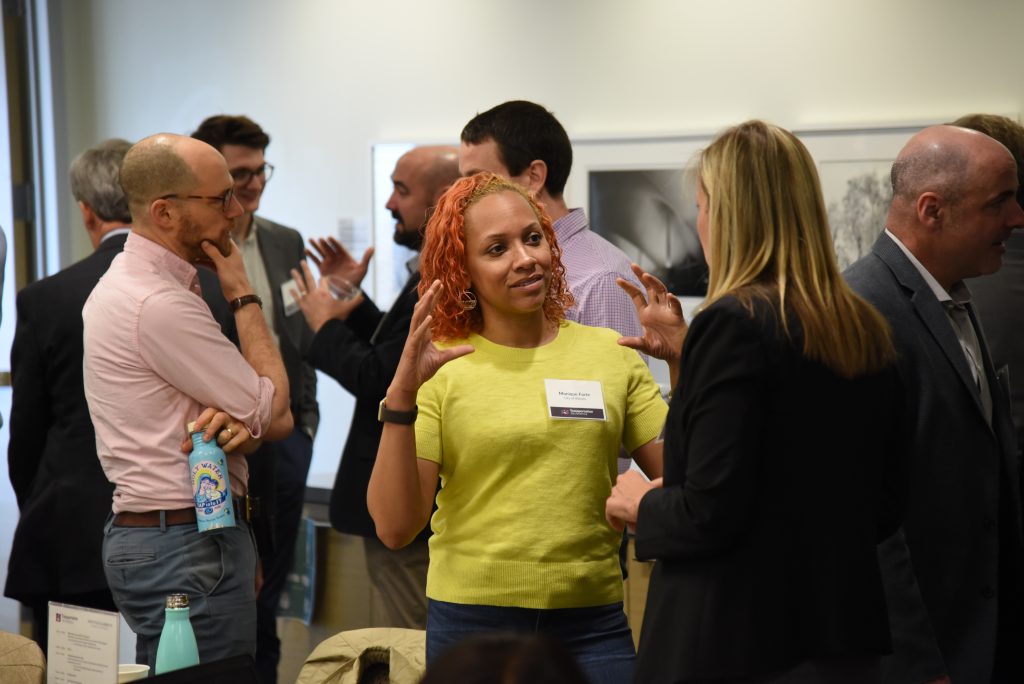

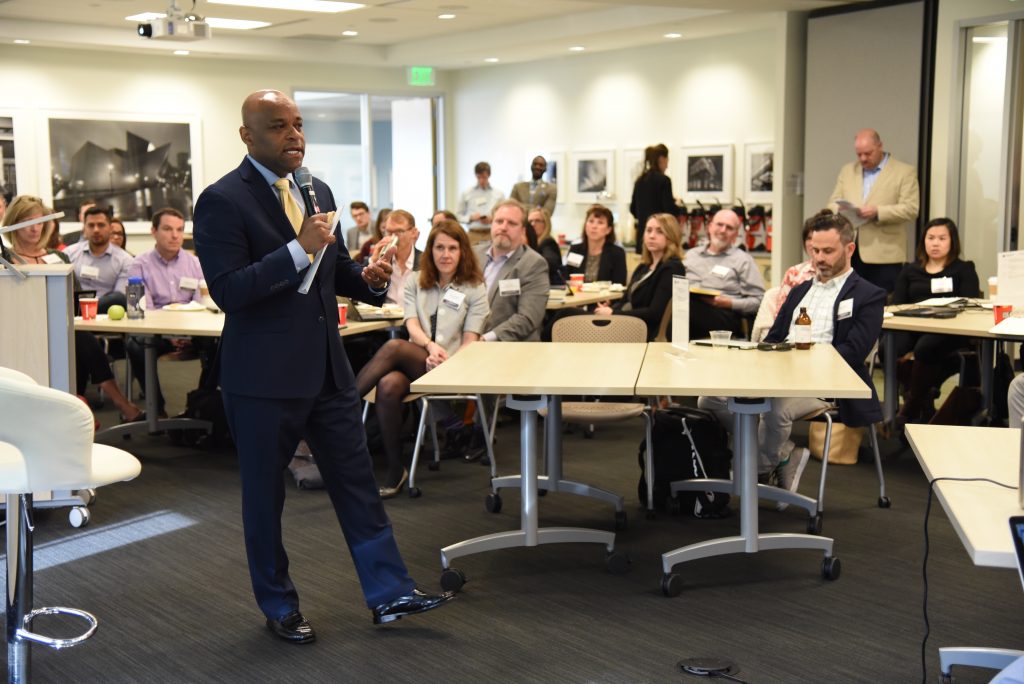


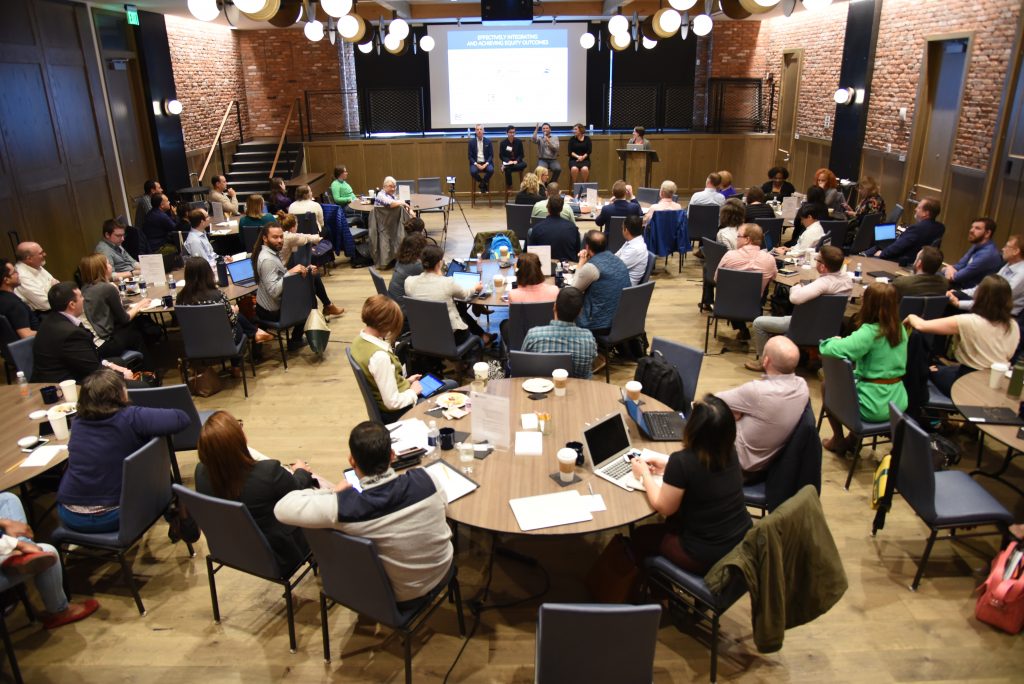
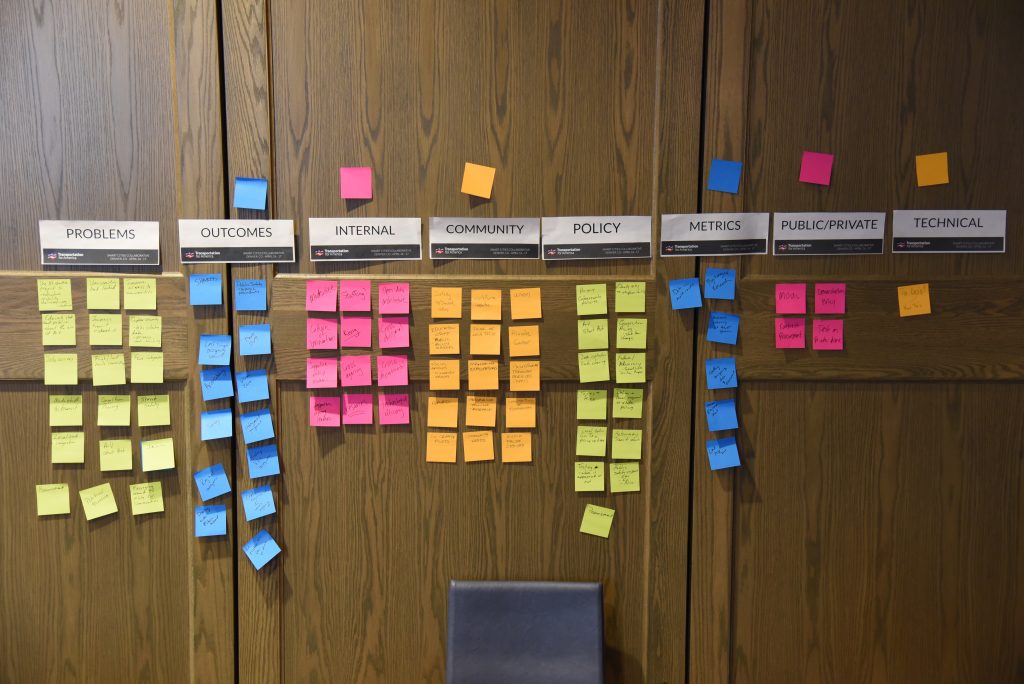
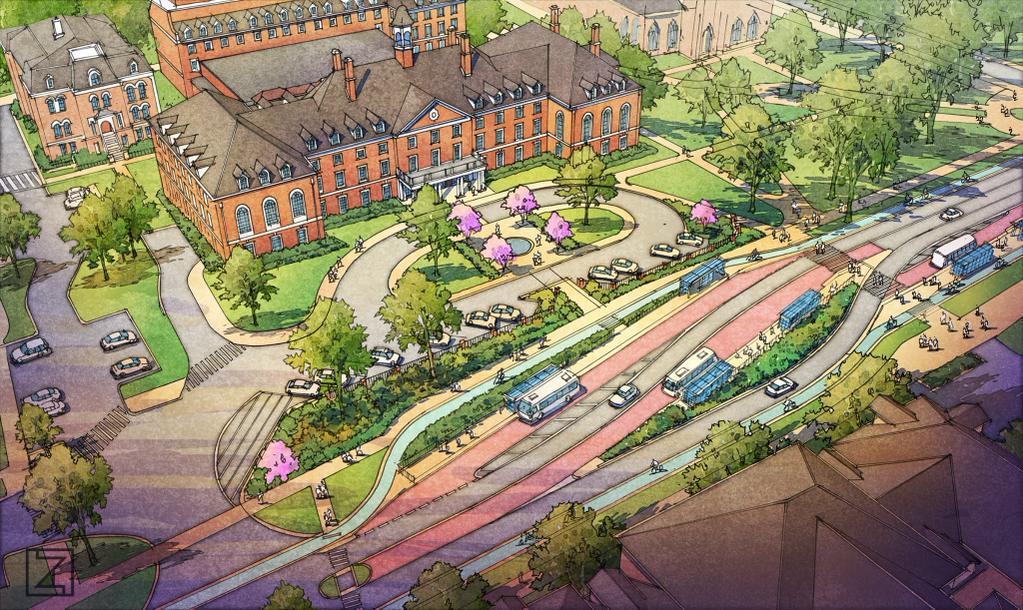
 To make the shift to clean energy, Hawaii needs to convert all vehicles to electric, such as today’s Nissan Leaf or the Ford Focus Electric. But no state can make this happen overnight, as the lifespan of a new car can be about 15 years. That means even if Hawaii required 100 percent of vehicles sold in the state to be electric by 2025, it would still take until around 2040 to see the fleet turn over from gas/diesel engines to EVs. And electrifying the fleet would be a monumental challenge. Hawaii would only have the authority to do this by joining California, who through a federal waiver has the authority to set their own vehicle emissions standards. Otherwise, fuel standards are controlled by the feds—standards that the Trump administration recently announced they’d like to roll back.
To make the shift to clean energy, Hawaii needs to convert all vehicles to electric, such as today’s Nissan Leaf or the Ford Focus Electric. But no state can make this happen overnight, as the lifespan of a new car can be about 15 years. That means even if Hawaii required 100 percent of vehicles sold in the state to be electric by 2025, it would still take until around 2040 to see the fleet turn over from gas/diesel engines to EVs. And electrifying the fleet would be a monumental challenge. Hawaii would only have the authority to do this by joining California, who through a federal waiver has the authority to set their own vehicle emissions standards. Otherwise, fuel standards are controlled by the feds—standards that the Trump administration recently announced they’d like to roll back.
